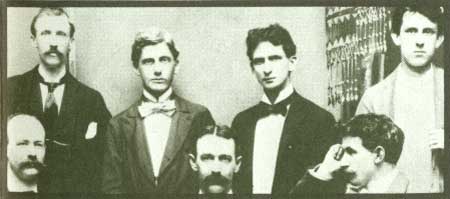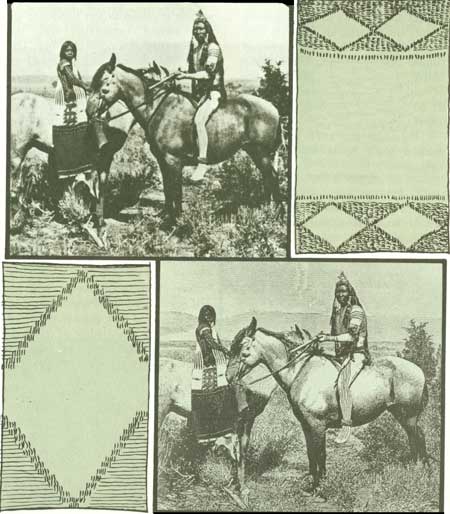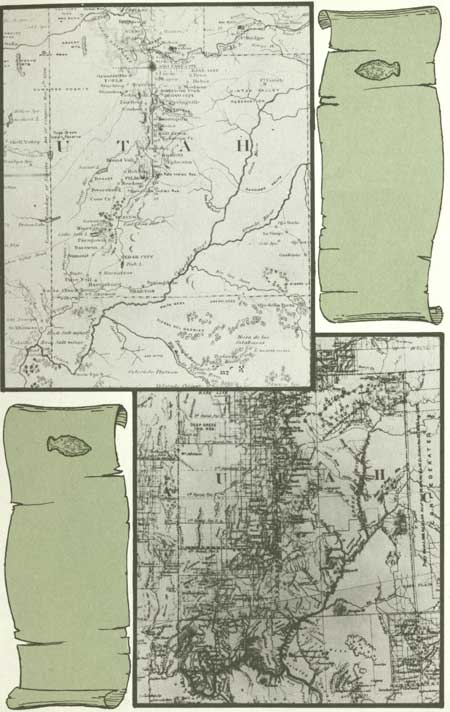
|
Geological Survey
John Wesley Powell's Exploration of the Colorado River |
About the illustrations used in this publication.
Many of the photographs and drawings used in this publication were produced as a result of Powell's second expedition. Although the first trip is more widely known, the second was far more productive in terms of documentation and scientific results. In Powell's Exploration of the Colorado (1875), ostensibly only the first trip was described in diary form, but some incidents and certainly a great amount of the descriptive information included were derived from the second trip. However, the diaries of George Bradley, Jack Sumner, and Major Powell, together with letters, provide ample information on the first trip.
One reason for the excellence of the documentation produced by the second expedition was the availability of a photographer. The crew that accompanied Powell on the second trip included an experienced photographer, E. O. Beaman. During the expedition's winter encampment of 1871-72, Beaman decided to leave the Powell party and return east. A new photographer, James Fennemore, was recruited in Salt Lake City, Utah, but stayed with the party only about 2 months.

|
| A group of illustrators from the Smithsonian Institution, 1876. |
After Fennemore left, the photographic work was assumed by John K. Hillers, a general handyman and boatman whom Powell had hired in Salt Lake City before starting on the expedition. Hillers had assisted Fennemore in his work and had quickly acquired a sufficient knowledge of photography to take over the job. He turned out to be a superb photographer and eventually became Chief Photographer of the newly formed U.S. Geological Survey. Most of the vast number of photographs produced by the second expedition were the work of Hillers.
The pictures acquired on the second trip were used as the basis for illustrations in Powell's later reports. Since halftone printing (offset) was not in general use at that time, artists were employed to convert the photographs into line drawings for use in the printed reports. Some liberties were taken by the artists in preparing the drawings. The cameras used by the explorers required a long exposure that made it impossible for them to record the turbulent water of the rapids, for instance. The artists, of course, corrected this and basically portrayed the scenes and activities as they were seen by the men of the expedition. Further retouching of the photographs has been performed on selected illustrations in this publication to improve the quality without impairing the pictorial content of the photographs.

|
| Photograph of a Ute Indian warrior and his bride, taken about 1875 (top), Line drawing made from the above photograph. |

|
| Map used by Powell during his pioneer expedition (top, left), Modern map of the region explored by the Powell expedition (bottom, right). |
| <<< Previous | <<< Cover >>> |
inf/powell/sec10.htm
Last Updated: 28-Mar-2006